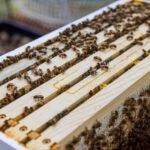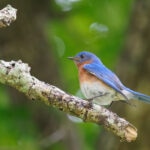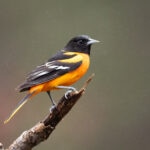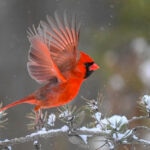Best Types of Bees for First-Time Beekeepers
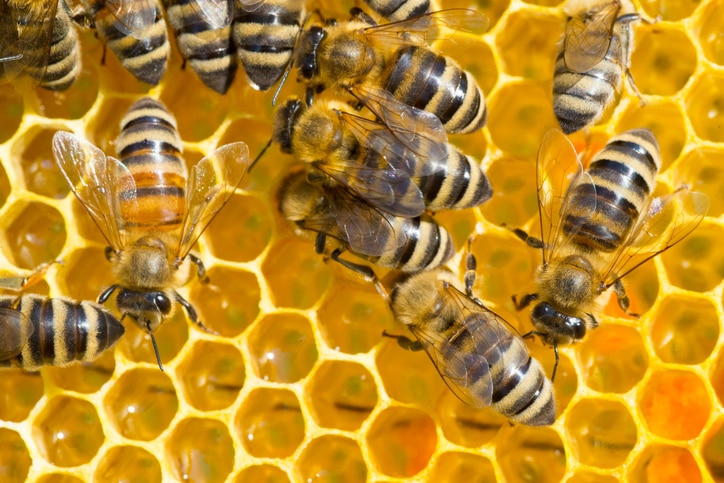
Photo by Slavica/iStock/Getty Images Plus
Thinking about adding a beehive to your backyard?
With 4,000 species of bees in the U.S., you might think you have endless options. But only certain types of bees are suitable for beekeeping, and even fewer are beginner-friendly.
Key Takeaways
- The western honeybee is the go-to species for novice beekeepers, with subspecies like Italian, Carniolan, Russian, and Buckfast honeybees offering beginner-friendly traits.
- These bees tend to have calm temperaments and high honey production, plus they’re often resistant to most pests.
- Beekeeping supports local ecosystems through pollination, improves garden yields, and provides hands-on learning about nature.
- Beekeeping can even generate extra income from honey, beeswax, and propolis.
What Species of Bees Are Best for Beekeeping?
In the U.S., the western honeybee (Apis mellifera) is the go-to beekeeping species. Within this species, you’ll find over 30 different races (or subspecies). Some of those have traits that make beekeeping easier for beginners.
Amy Franklin, DVM, founder of Farms for Orphans, says this includes pest resistance, high honey and propolis production, a fast population buildup, and the ability to survive harsh winters (also known as overwintering).
So, which species are the bee’s knees for beginners? These are the most common options:
Italian Honeybee (Apis mellifera ligustica)
Looking for a bee species that’s perfect for beginners? Say “ciao” to the laid-back Italian honeybee. Joc Rawls, DVM, owner of Rawls Veterinary, PC, and Bridle Path Beeyard in Phoenix, says these bees have a “gentle nature and predictable behaviors.”
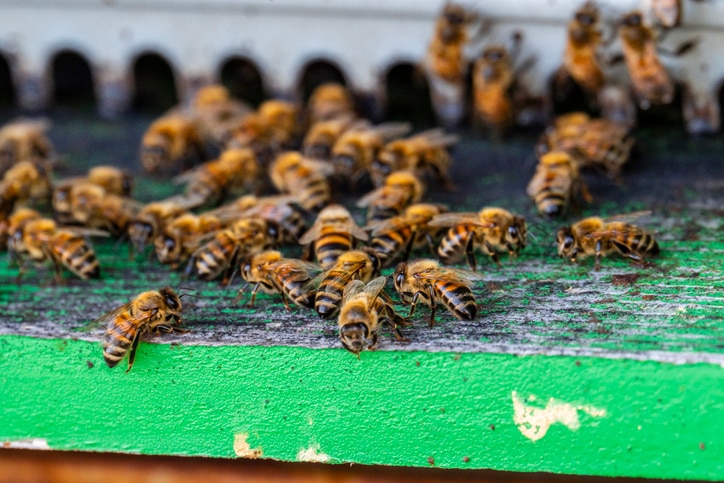
Italian honeybees
Photo by Paolo Gagliardi/iStock/Getty Images Plus
Plus, their honey production can be “robust,” says Katherine Lesko, DVM, owner of Northern Michigan Honeybee Veterinary Services. This gives you plenty of hands-on experience (and honey) from the start.
Italian honeybee characteristics include:
- Golden-yellow color
- Calm, passive temperament
- Ability to build up their population rapidly
- Less likely to swarm
- High honey production
Carniolan Honeybee (Apis mellifera carnica)
The Carniolan honeybee is a popular pick because of their chill vibe, but don’t confuse it with laziness. Dr. Franklin says these bees are “known for their high honey production,” so they’re ideal for budding beekeepers who want lots of experience with harvesting.
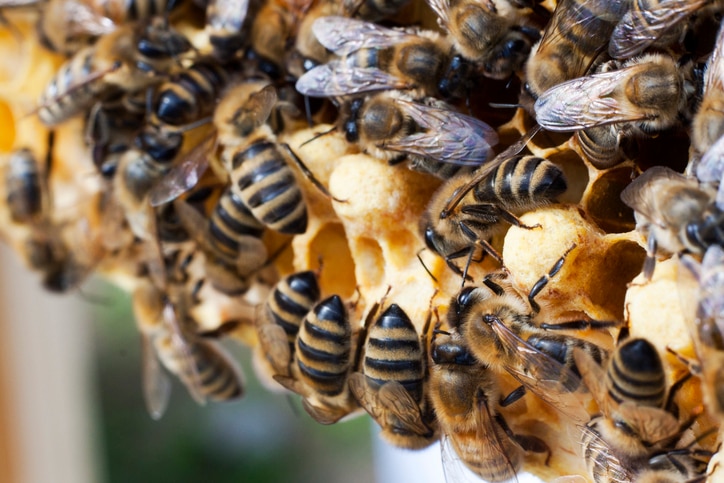
Carniolan honeybees
Photo by RonBailey/iStock/Getty Images Plus
Carniolan honeybee characteristics include:
- Gray to brown coloring
- Gentle and calm
- Overwintering ability
- High honey production
- Less likely to rob other hives
Russian Honeybee (Apis mellifera)
While the Russian honeybee can be a bit feistier than some other honeybees, they’re still a popular choice for beginners. This is because they’re less prone to pest infestation due to their genetic resistance to tracheal and Varroa mites, two major causes of bee illness and death.
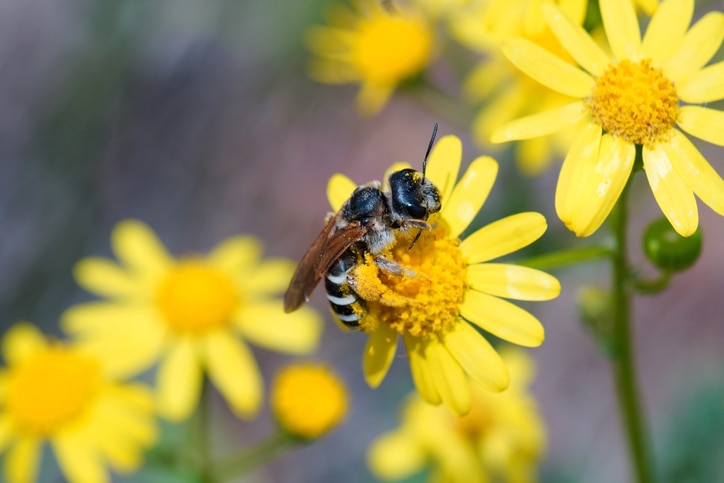
A Russian honeybee
Photo by Stas-Bejsov/iStock/Getty Images Plus
Russian honeybee characteristics include:
- Deep brown to black color
- More defensive than some bees
- Pest resistance
- Slower population buildup
- Does well in colder climates
Buckfast Honeybee (Apis mellifera)
The Buckfast honeybee has it all: a calm demeanor, a strong work ethic, and a penchant for keeping their home tidy (which makes hive inspections easier and noticeably less sticky). This is thanks to their hybrid status, which blends some of the best traits from multiple bee races into one amiable, hardworking bee.

Buckfast honeybees
Photo by Anthony King/iStock/Getty Images Plus
Buckfast honeybee characteristics include:
- Yellow to brown color
- Gentle and calm temperament
- High honey production
- Resistance to Varroa mites
- Less prone to swarming
What Are the Benefits of Keeping Bees?
There are more advantages to beekeeping than honey (even though that’s a pretty tasty perk).
- Environmental impact: Your bees will be busy pollinating plants all around your neighborhood, giving your local ecosystem a boost.
- Garden benefits: Get ready for the best tomatoes and flowers you’ve ever grown. Your garden will thrive with pollinators in the backyard.
- Educational value: “One of the biggest benefits of keeping bees is the incredible connection that honeybees provide to nature, biology, and the continuous learning involved for the beekeeper,” Dr. Rawls says.
- Potential income: Once you’re swimming in honey, you can sell the extra along with other bee goodies like beeswax and propolis, a resin-like substance thought to have antifungal, anti-inflammatory, and antiviral properties.
So, at the end of the day, you’re not only gaining a new hobby, but you’re helping the environment too—it’s a win-win!
FAQs About Bee Types
Where do beekeepers get bees?
Find a local, reputable, and responsible beekeeper and buy a healthy nucleus colony from them. Check with local beekeeping clubs, conferences, state beekeeping associations, and farmers’ markets.
Which kind of bees sting the most?
While most honeybees are relatively gentle, some are more aggressive than others. Russian honeybees have a reputation for being more defensive than Italian and Carniolan honeybees.
Can you use bumblebees for beekeeping?
No. Bumblebees are excellent pollinators, but they don’t make honey. The best way to support bumblebees is by providing nesting sites and appropriate forage plants, such as larkspur, bergamot, clovers, and goldenrods.
